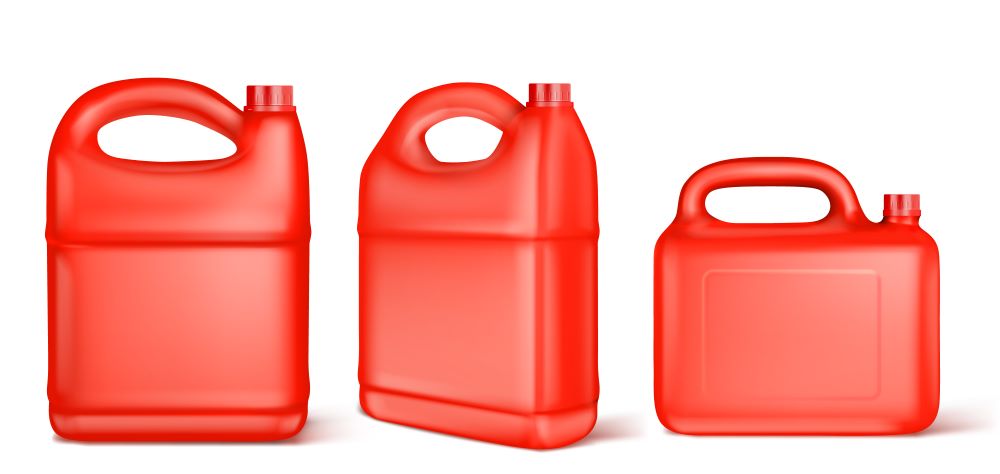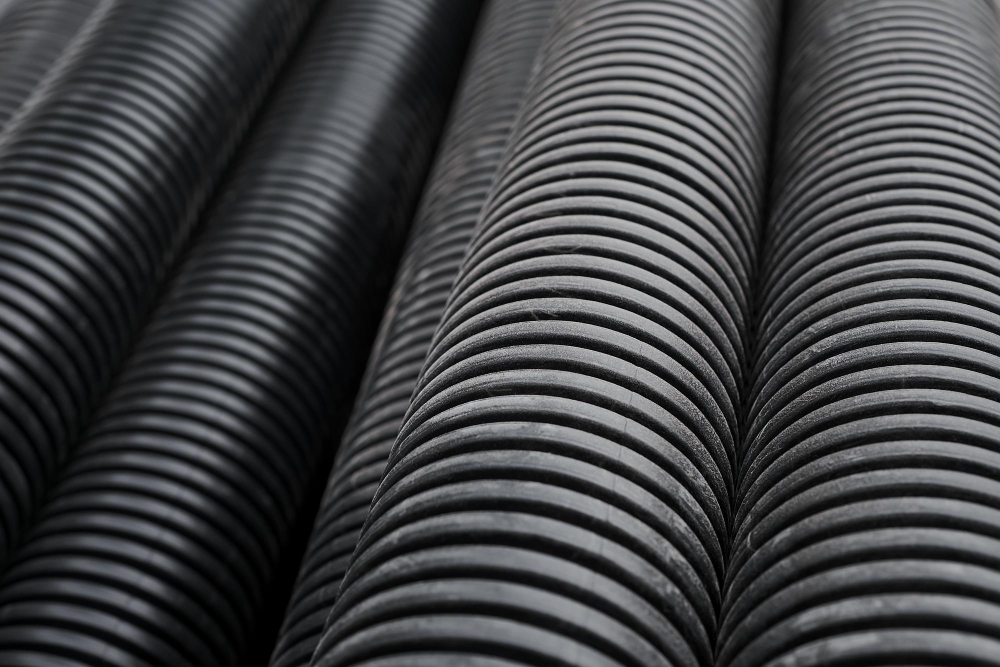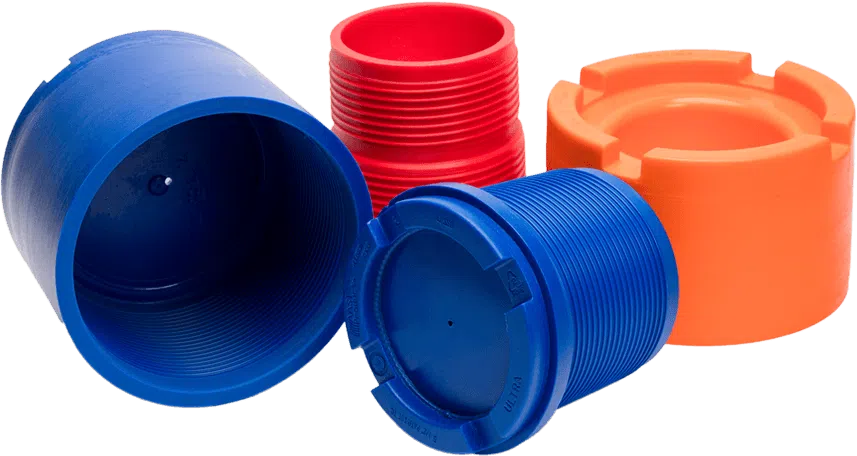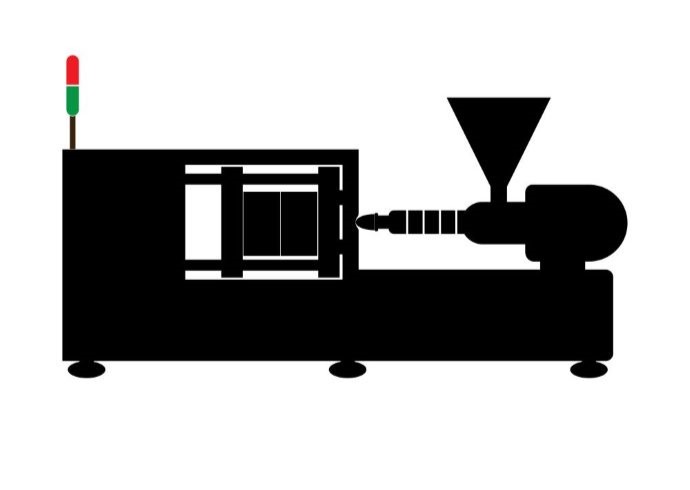A Simple Guide to Understand the HDPE Injection Molding Process
High-density polyethylene (HDPE) is a versatile and durable thermoplastic material widely used in various industries. One of the most efficient methods of producing HDPE products is through injection molding.
Understanding HDPE Injection Molding

HDPE injection molding involves melting the HDPE material and injecting it into a mold cavity to create specific shapes. This process is crucial for manufacturing a range of products like plastic bottles, containers, pipes, and automotive parts.
Advantages of HDPE and Injection Molding
- Cost-Effectiveness: HDPE and its injection molding process are economical. So, it is appealing for manufacturers aiming to cut costs without compromising quality.
- Customization: HDPE injection molding allows for complex shapes and precise details. It is ideal for custom parts with specific dimensions.
- Durability: HDPE products are known for their strength and ability to withstand stress, making them suitable for various applications.
- Environmental Resistance: HDPE resists chemicals, UV light, and environmental factors, making it perfect for outdoor and industrial use.
- Recyclability: HDPE is 100% recyclable. So, it will reduce the need for virgin materials and minimizing waste.
A Summary HDPE Injection Molding Process
The process involves several steps:
- Mixing and Melting: HDPE pellets are melted at controlled temperatures in the injection molding machine.
- Injection: The molten HDPE is injected into a mold cavity, taking its shape.
- Cooling and Solidification: The mold cools, solidifying the HDPE into its final shape.
- Post-Processing: Products undergo trimming, sanding, or polishing for desired properties.
Maintaining Optimal Temperature
Maintaining temperatures becomes a crucial process to ensure smooth flow and prevents material degradation during the HDPE injection molding process. You can maintain the temperatures between 180°C to 230°C to achieve the goal.
Applications of HDPE Injection Molding
HDPE is used in:

Consumer Goods: Toys, storage containers, and sporting goods.

Packaging: Bottles, containers, and bins.

Automotive Parts: Fuel tanks, pipes, and fittings.

Construction: Plastic sheets, pipes, and geomembranes.

Industrial Components: Pipe thread protectors, construction products, and hardware.
Choosing HDPE for Your Injection Molding Needs
HDPE is an excellent choice due to its versatility, cost-effectiveness, and superior properties. Langgeng Jaya will help you to choose the right HDPE granules and flakes for your injection molding needs.
Learn more about HDPE Injection Flakes/Granules and enhance your manufacturing process today!


